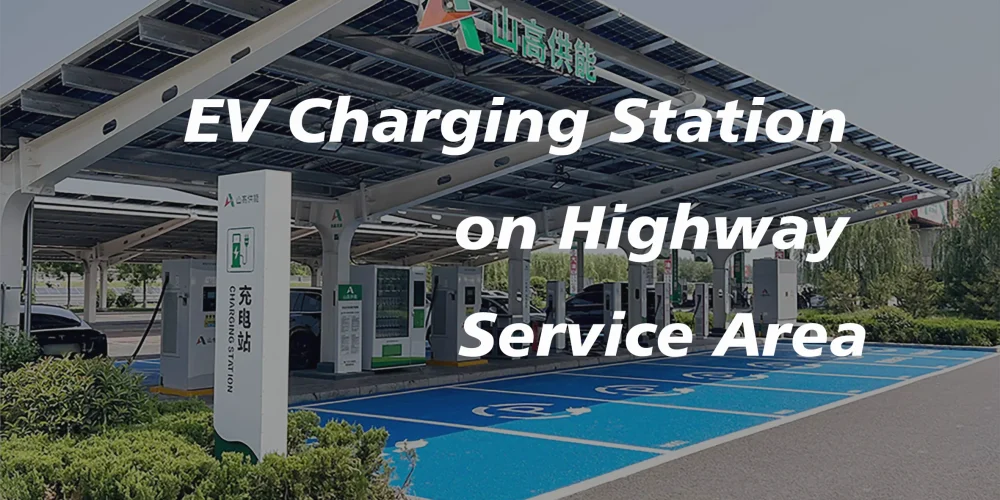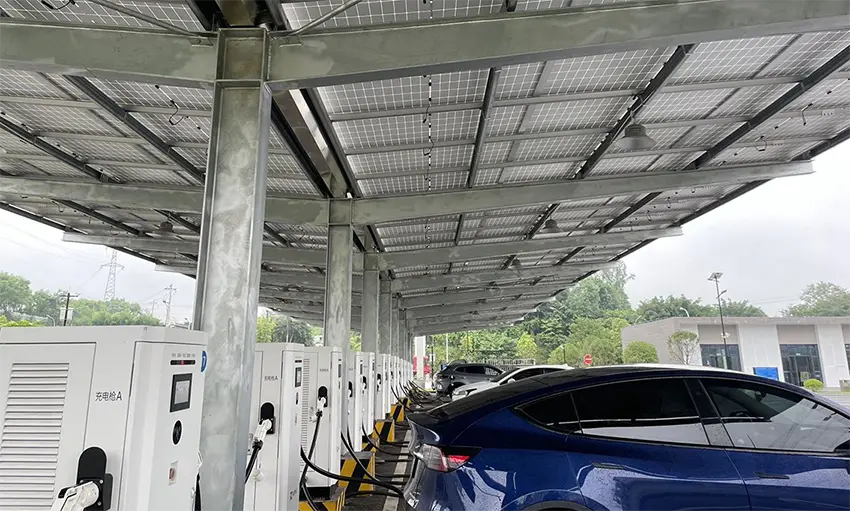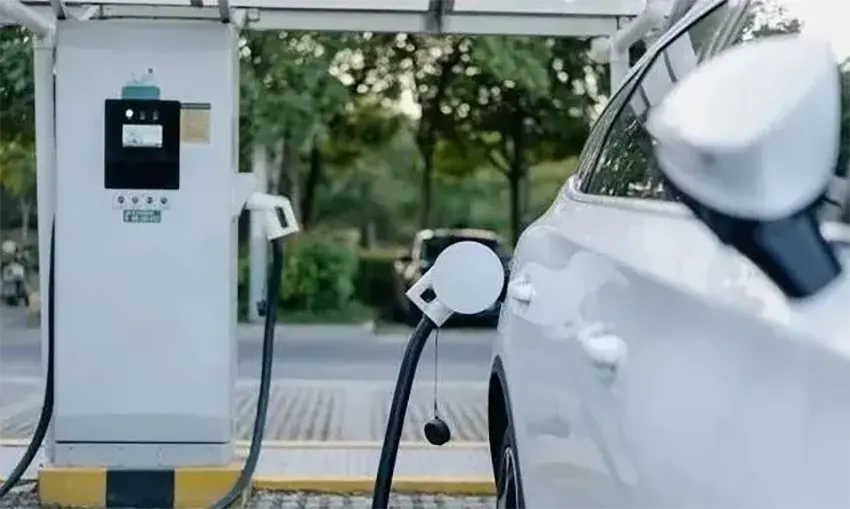China Plans to Add 3,000 Charging Piles and 5,000 Charging Parking Spots in Highway Service Areas in 2024, Announced from NDRC

China has made an ambitious plan on building up charging piles along highway. On June 18, the China National Development and Reform Commission (NDRC) held a June press conference. At the conference, Li Chao, Deputy Director of the Policy Research Office and spokesperson for the NDRC, mentioned plans to promote the construction of new energy vehicle charging infrastructure. He stated that this year, the nation plans to add 3,000 charging piles and 5,000 charging parking spots in highway service areas.

Li Chao said that since the State Council General Office issued the “Guiding Opinions on Further Building a High-Quality Charging Infrastructure System” (hereinafter referred to as the “Guiding Opinions”) in June last year, the NDRC, along with relevant parties, has been implementing the directives and promoting rapid development of charging infrastructure in China. As of the end of May this year, the total number of charging infrastructure units nationwide reached 9.92 million, a year-on-year increase of 56%. Among them, public and private charging facilities reached 3.05 million and 6.87 million units respectively, with growth rates of 46% and 61% respectively. China has built the world’s largest, most extensive, and most comprehensive charging infrastructure system.
Li Chao introduced that as of the end of last year, the national NEV exceeded 20 million units, of which BEV accounted for 15.52 million units, making up over 76% of the total. Looking ahead, considering various factors, the demand for new energy vehicles among Chinese consumers is expected to continue to rise, and new energy vehicles, especially electric vehicles, will maintain rapid growth, significantly driving the demand for charging infrastructure construction.

Li Chao stated that the NDRC, the National Energy Administration, together with the Ministry of Industry and Information Technology, the Ministry of Finance, the Ministry of Natural Resources, the Ministry of Housing and Urban-Rural Development, the Ministry of Transport, and other relevant departments, have been deeply implementing the relevant deployments of the “Guiding Opinions.” Recently, they have focused on four key areas:
1. Optimizing and Improving Charging Piles Network Layout:
– Intercity: Accelerating the construction of charging and swapping infrastructure along highways, with plans to add 3,000 charging piles and 5,000 charging parking spots in highway service areas this year.
– Urban: Promoting the construction and renovation of community charging facilities according to local conditions.
– Rural Areas: Increasing support for the construction of charging infrastructure in rural areas, organizing the construction of demonstration counties and towns for charging infrastructure, and conducting pilot projects to fill the gaps in county-level charging and swapping facilities. In the 2024 New Energy Vehicle Rural Campaign, organizing the coordinated promotion of charging and swapping services in rural areas.
2. Enhancing Operational Charging Piles Service Levels:
– Accelerating the construction of a national charging facility monitoring service platform.
– Improving the “Check-as-You-Go” information service for highway charging infrastructure.
– Strengthening the guarantee of charging services for highway travel during major holidays.
– Continuously improving the charging infrastructure standard system, promoting the formulation and revision of advanced charging and swapping technology standards, and strengthening quality and safety supervision of charging facilities.
3. Strengthening Technological Innovation Leadership:
– Accelerating the promotion and application of smart charging facilities and encouraging the innovation and application of new technologies.
– Issuing implementation opinions to strengthen the integration and interaction between new energy vehicles and the power grid, advancing core technology research for vehicle-to-grid interaction, and exploring pilot applications of bidirectional charging and discharging.
4. Increasing Support and Guarantee Efforts:
– Strengthening the construction and renovation of distribution networks.
– Implementing and improving time-of-use electricity pricing policies.
– Increasing support for land use, financing, and other aspects.
